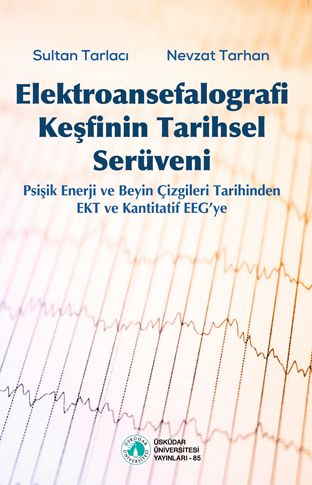The Historical Adventure of the Electroencephalography Discovery
EEG and its various techniques have become one of the most commonly used tools today to understand both healthy and diseased brains and disease classifications. EEG maintains its validity and reliability today, resisting the passage of time.
Indeed, with the advancement of computers and analysis methods, we have come to see brain wave characteristics invisible to the human eye with quantitative EEG (qEEG), and its foundation still relies on EEG waveforms. As a result of all this, the value of EEG recordings and interest in EEG have increased even further today.
Remarkable EEG research is being conducted today with new computer analysis techniques, and it appears more will be done. Quantitative EEG (qEEG), event-related potentials (ERP), neurofeedback, brain-computer interfaces (BCI), and magnetoencephalography (MEG), frequently mentioned these days, are actually extensions based on EEG. It seems that the fire ignited by EEG in 1924 will burn even stronger than the Olympic flame and will never be extinguished.
We bow with love and great respect before all the pioneers in the history of neuroscience who achieved extraordinary things under difficult conditions with passion and curiosity, sometimes forgotten and only found in books, before the names of those like Cecil Vogt, the mother, and Korbinian Brodmann and Hans Berger, the fathers.
Sultan Tarlacı, Nevzat Tarhan
Publication Date: 2024
ISBN: 978-605-9596-92-3
Print Run: 1st Edition
Language: Turkish
Number of Pages: 379
Publisher: Üsküdar University Publications - 85
Authors